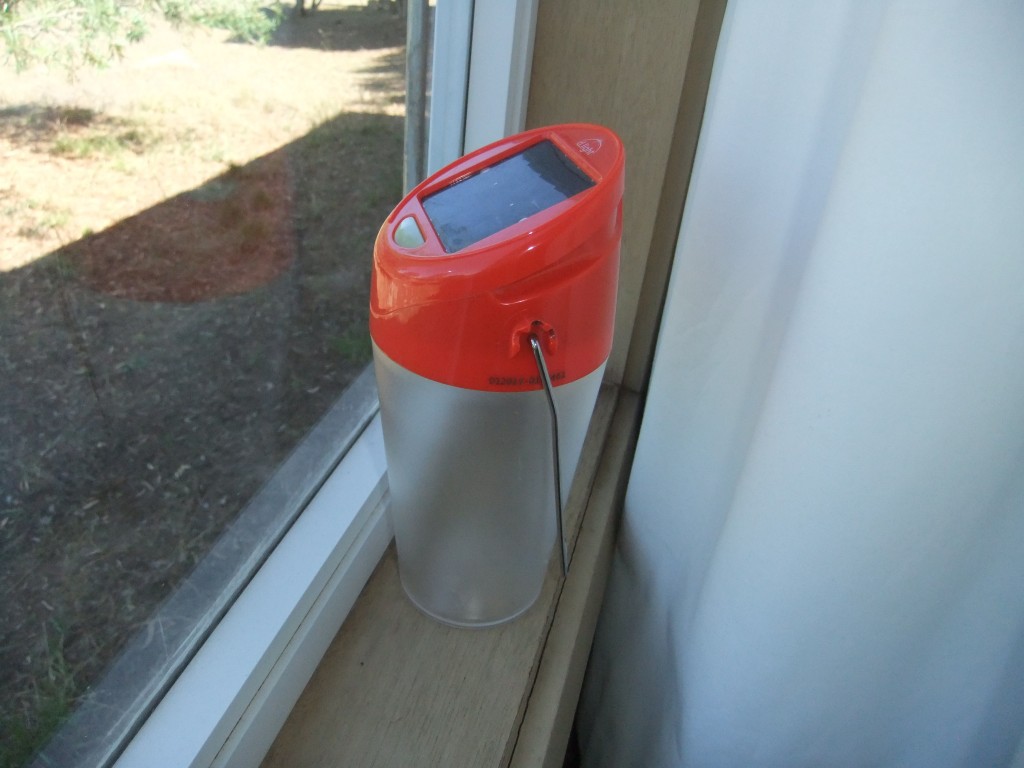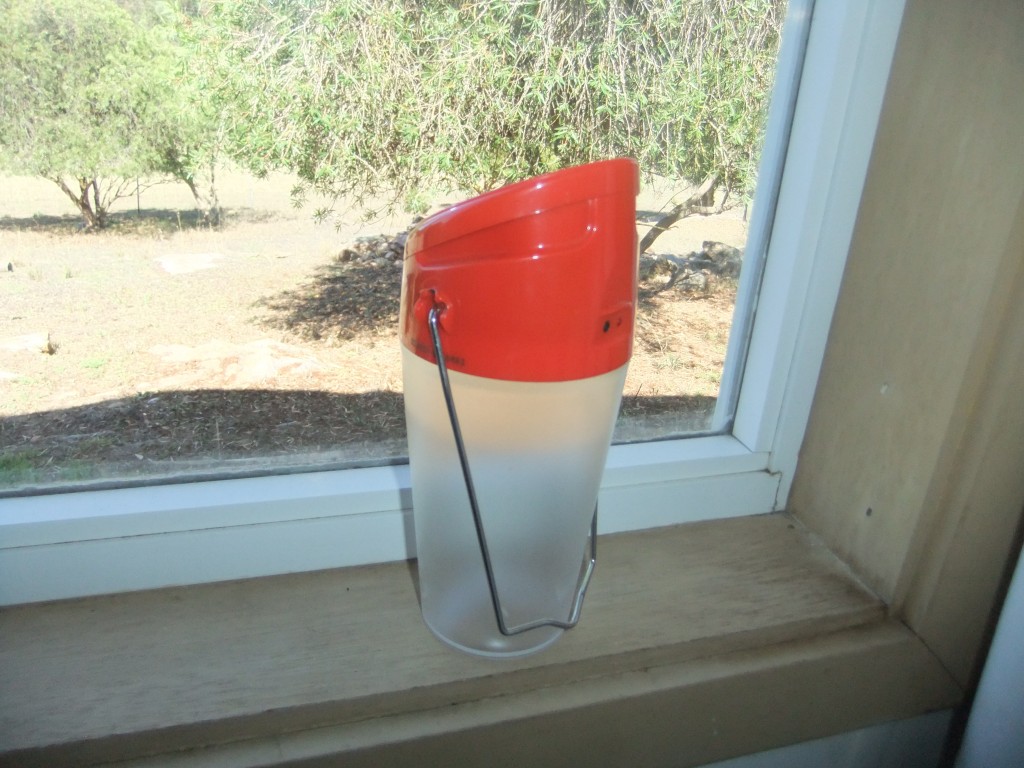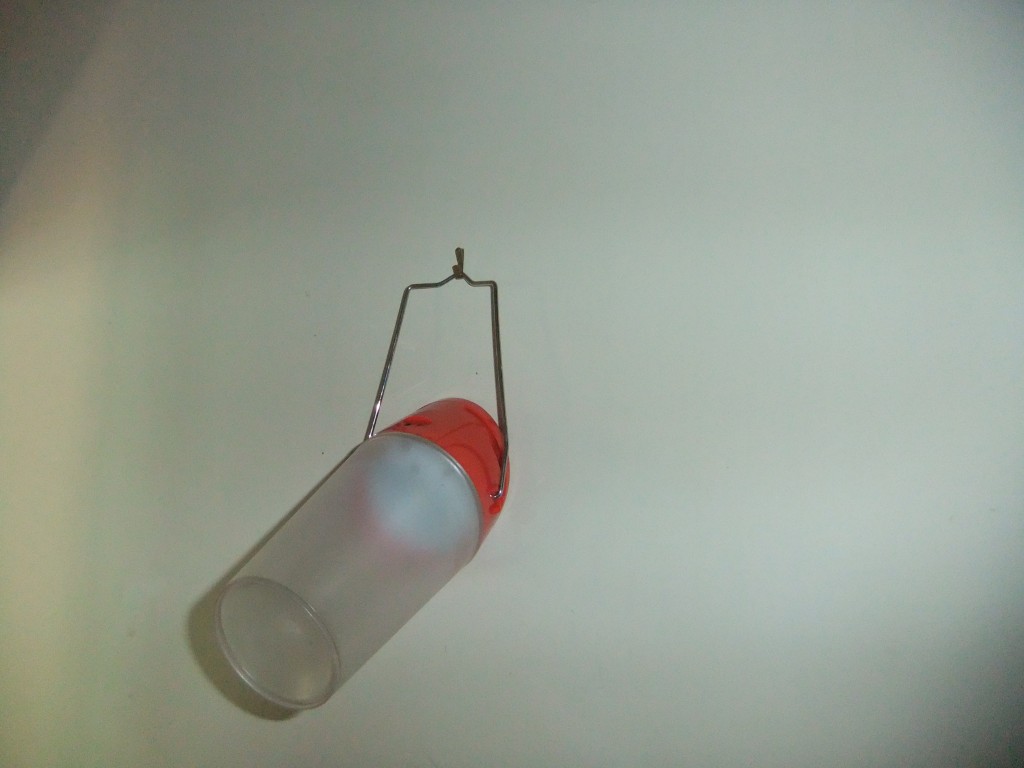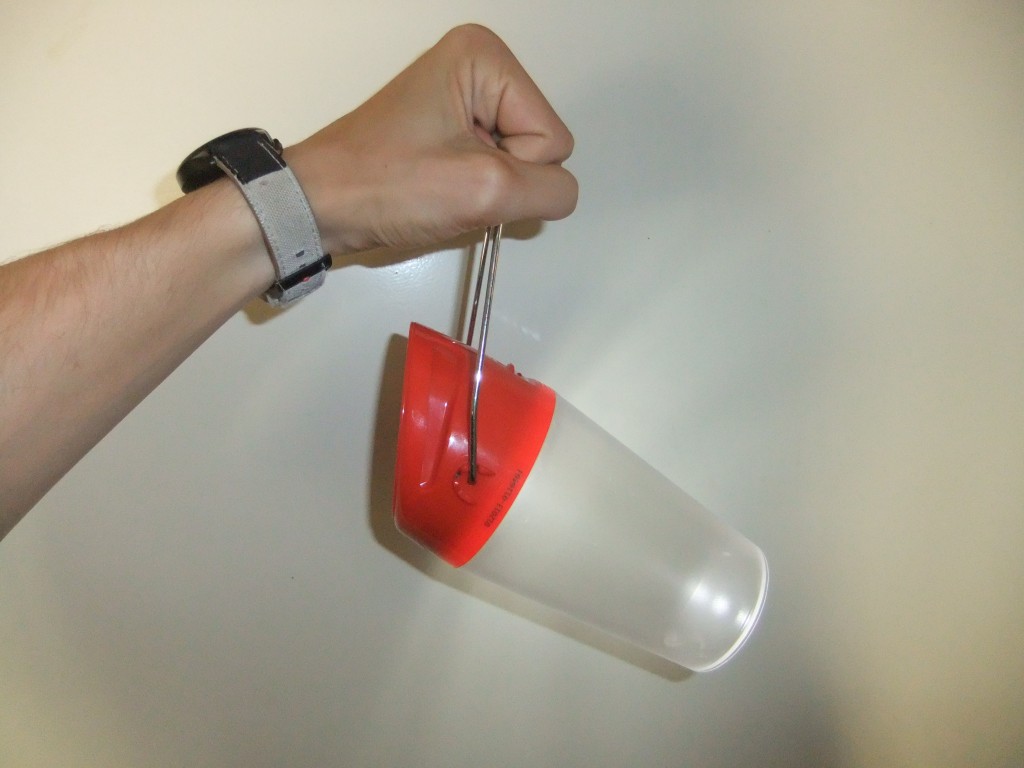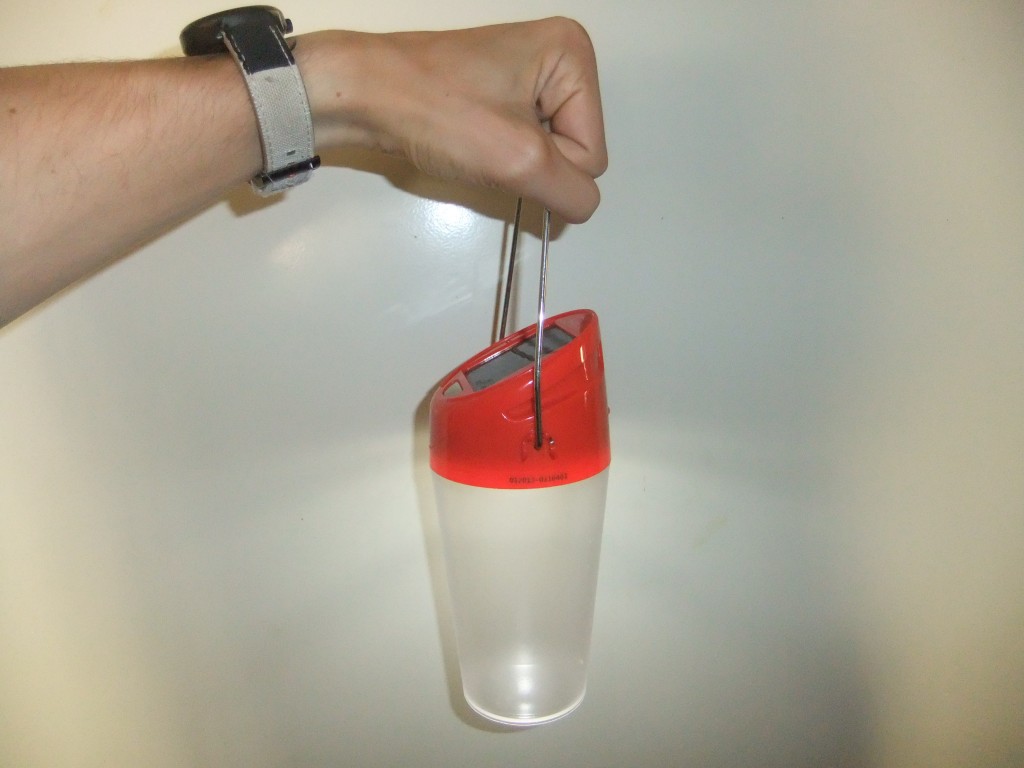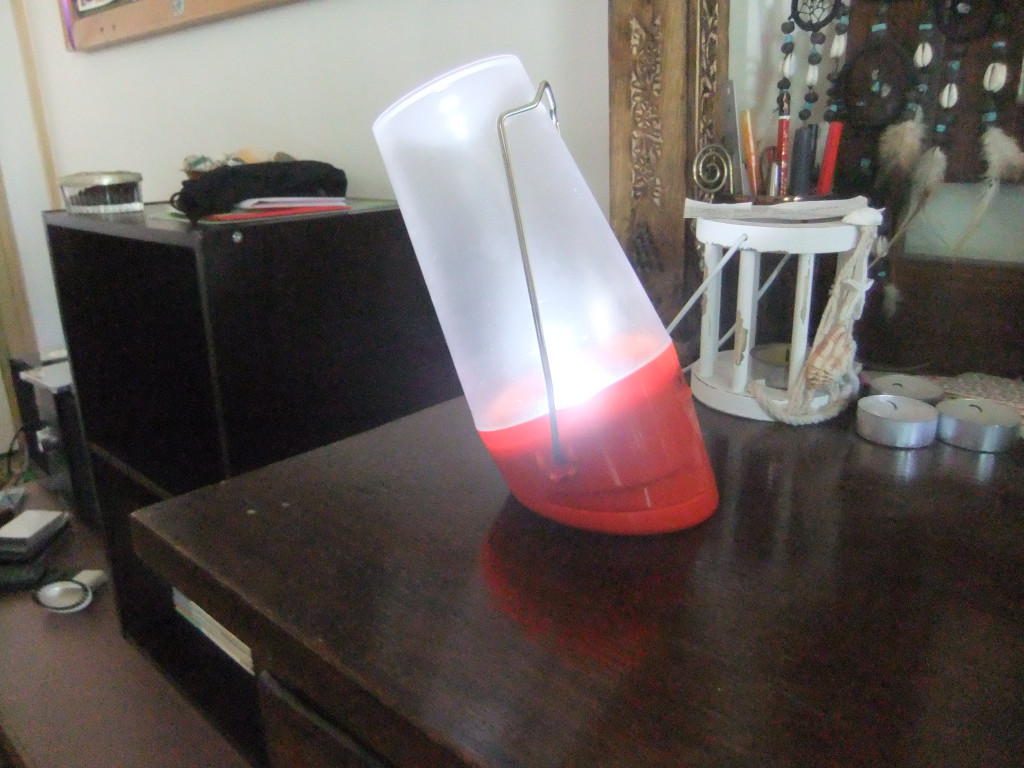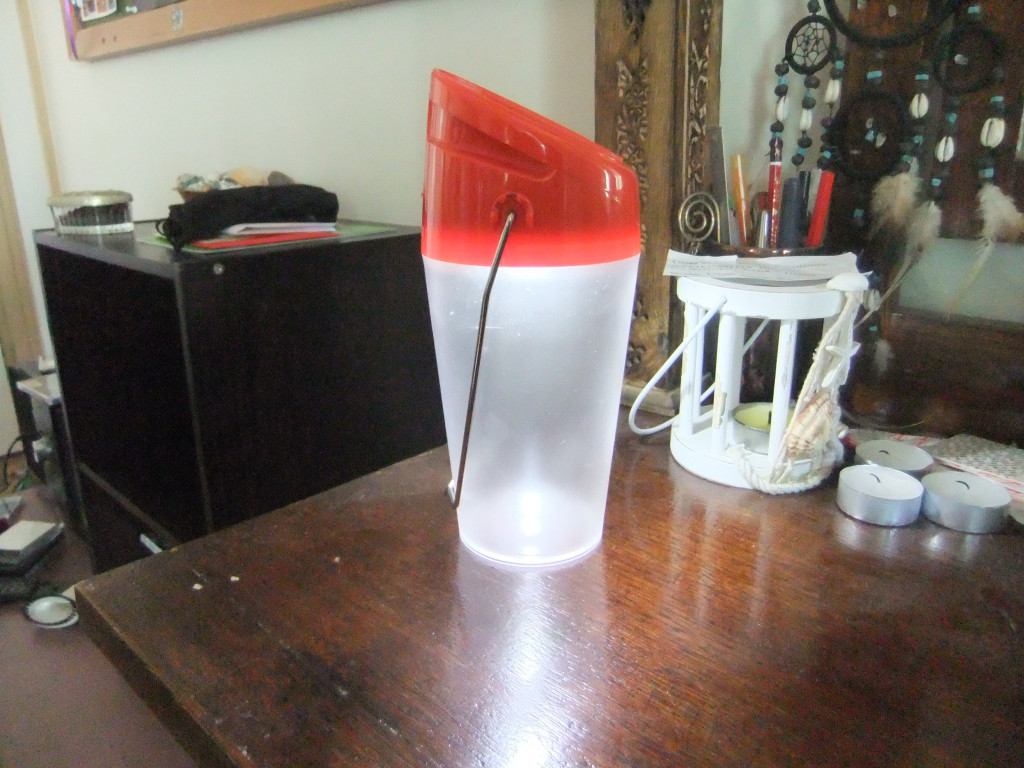 |
| Drawn by me in a day, now used as my online avatar. |
“The whole culture is telling you to hurry, while the art tells you to take your time. Always listen to the art.” - Junot DiazAt 23 years old, and after a life devoid of creating any art since year 7 and 8 art classes (unless you count a few pieces of music I’ve created here and there), it took a little nudging from my supportive partner to give it a go.
Once I overcame that hurdle, though, I quickly discovered a new passion.
Within this article is both an account of how I got started, what it felt like to push past that mental block and finish my first sketch in oh-so-long, and the beneficial health effects of sketching (including better memory, concentration, and a generally healthier and more efficient brain).
Starting can be the hardest part
For most of my life, I
haven’t drawn purely for art. This is largely due to my attempts to draw
for art early on in my life and, well, sucking at it. I stank so much
at drawing despite my efforts, it had an effect on my self-confidence
for almost anything visual-art related. Because of this, except when I
had to do art in my early college (or “high school”) years, I simply
stopped creating physical or drawn art.
Unknowingly, it swiftly became a mental block. I truly didn’t even realise it was there, until just under a month ago when my partner drew my face, and then asked if I could draw her.
I froze.
I wanted to, to re-pay the favour. And I knew she wouldn’t care if it was terrible, because it was the thought that mattered in the act for her. But I could barely move – my breathing even became shallower. The reaction of mine felt weird and overly strong at the time and in retrospect. But how strange it was didn’t make it any easier to push past.
We both knew what was happening, though. And faces are hard to draw until you know what you’re doing, so we just settled on me drawing her back (from shoulders down to the hips), a much easier target to draw for a novice. We got all settled in, I took a good few minutes before I even let the pencil touch the page… and then it began. After I started, I enjoyed it immensely, and after drawing her back, I went on to drawing her crossed arms and hands, before moving on to drawing from nature (once I’m confident, I’ll have a go at sketching her face to pay her back in full). But for me to have broken through that mental block, it needed a lot of patience, and gentle coaxing. Having someone who knew me as well as I knew myself to help me through this definitely helped.
It’s funny, really, the strange mental blocks we can place on ourselves sometimes. For me, it was creating any kind of physical art, drawn or moulded or otherwise brought into this world to be enjoyed by being seen. But in case anyone’s in this same position that I was in, I urge you to just try. Start with something very simple, and take it as slowly as you need to. You might just find you enjoy it after all, as I did, regardless of the end result.
So sketching can help you to become a calmer person, more easily able to
deal with the stresses of the world. It can help you remember more, and
in more detail. It helps you to really take note of what’s around you.
And in a more general sense, it can dramatically slow the natural mental
decline commonly caused by aging.
And it doesn’t matter about your skill level. If you’re worried about what your art looks like, this isn’t school (where you’re graded on your work), and there’s no need for you to have to show anyone. Just make sure you’re enjoying it, regardless of the end result – skill will come in time, with enough practice, just the same as any talent.
All you have to do is get started.
(Quotes sourced from here: 150 Amazing Quotes to Feed your Creative Soul)
Unknowingly, it swiftly became a mental block. I truly didn’t even realise it was there, until just under a month ago when my partner drew my face, and then asked if I could draw her.
I froze.
I wanted to, to re-pay the favour. And I knew she wouldn’t care if it was terrible, because it was the thought that mattered in the act for her. But I could barely move – my breathing even became shallower. The reaction of mine felt weird and overly strong at the time and in retrospect. But how strange it was didn’t make it any easier to push past.
We both knew what was happening, though. And faces are hard to draw until you know what you’re doing, so we just settled on me drawing her back (from shoulders down to the hips), a much easier target to draw for a novice. We got all settled in, I took a good few minutes before I even let the pencil touch the page… and then it began. After I started, I enjoyed it immensely, and after drawing her back, I went on to drawing her crossed arms and hands, before moving on to drawing from nature (once I’m confident, I’ll have a go at sketching her face to pay her back in full). But for me to have broken through that mental block, it needed a lot of patience, and gentle coaxing. Having someone who knew me as well as I knew myself to help me through this definitely helped.
It’s funny, really, the strange mental blocks we can place on ourselves sometimes. For me, it was creating any kind of physical art, drawn or moulded or otherwise brought into this world to be enjoyed by being seen. But in case anyone’s in this same position that I was in, I urge you to just try. Start with something very simple, and take it as slowly as you need to. You might just find you enjoy it after all, as I did, regardless of the end result.
| One of my first sketches, a two-dimensional tree drawn purely from the mind's eye. Like most first sketches, it’s nothing to write home about, but it was very fun to create. |
“Always dream and shoot higher than you know you can do. Don’t bother just to be better than your contemporaries or predecessors. Try to be better than yourself.” ~William Faulkner
Health Benefits of Sketching
Sketching (and creating art in general) can come with a slew of mental health benefits. Not inconsequential either, but benefits which (if we create art regularly) may help push back many of the mental degenerative effects that commonly come with aging. These include (but by far are not limited to):- Creating art delays or negates age-related decline in normal brain function and psychological resilience (i.e. stress resistance). [1]
- Drawing develops the brain in the cerebellum and medial frontal gyrus (i.e. areas associated with fine motor control). [2]
- Drawing develops the brain in the precuneus in the parietal lobe (i.e. an area associated with creativity, visuo-spatial imagery, and other tasks). [2]
- Finally, drawing gives you a happier brain, as drawing releases dopamine. [3]
 |
| Art Therapy session. |
Finally, it can be
downright fun, as there’s no limit as to what you “have” to sketch. Feel
like sketching a peaceful landscape? Cool. Feel like sketching an
animal, either real or a new which no one’s seen before? Awesome. Feel
like sketching a space-marine decked out in full power-armour,
chainsaw-sword at the ready? Go for it. Whatever you decide on, there’s
nothing to stop you, and you’ll feel good throughout and at the end of
the process for having created something of your own.
So, sketching is fun, it’s highly individual, and you’ll be mentally healthier for doing it. What’s not to love?
So, sketching is fun, it’s highly individual, and you’ll be mentally healthier for doing it. What’s not to love?
| Another one of my first sketches, a scarred bay leaf from our garden. Again, it’s certainly not about to win any awards any time soon, but it was fun to sketch, and I look forward to improving. |
Something for everyone
Sketching is, quite simply, good for you. And unlike some forms of art, all you need is a sketch pad, and a pencil/pen as an absolute minimum. Both of the above pieces of mine were done, ten minutes at a time, to and from work while I was on the bus with just an A4 sketch pad, HB pencil, sharpener, and eraser. You can absolutely add more pencils, pens, or other tools, to add more shading ability, more depth, more colour, etc. (though I personally am going to get better at the basics before I move on to the more advanced stuff), but that’s also the beauty of it. You can work with everything at your disposal and create something majestic, or use the bare minimum and still create something amazing. Unless you have less than 5 minutes a day free, there’s no reason you can’t take up sketching for yourself.And it doesn’t matter about your skill level. If you’re worried about what your art looks like, this isn’t school (where you’re graded on your work), and there’s no need for you to have to show anyone. Just make sure you’re enjoying it, regardless of the end result – skill will come in time, with enough practice, just the same as any talent.
All you have to do is get started.
“There is nothing like looking, if you want to find something. You certainly usually find something, if you look, but it is not always quite the something you were after.” ~J.R.R. Tolkien
(Quotes sourced from here: 150 Amazing Quotes to Feed your Creative Soul)
(Originally published, by me, on HubPages.com - 14/03/2015)
